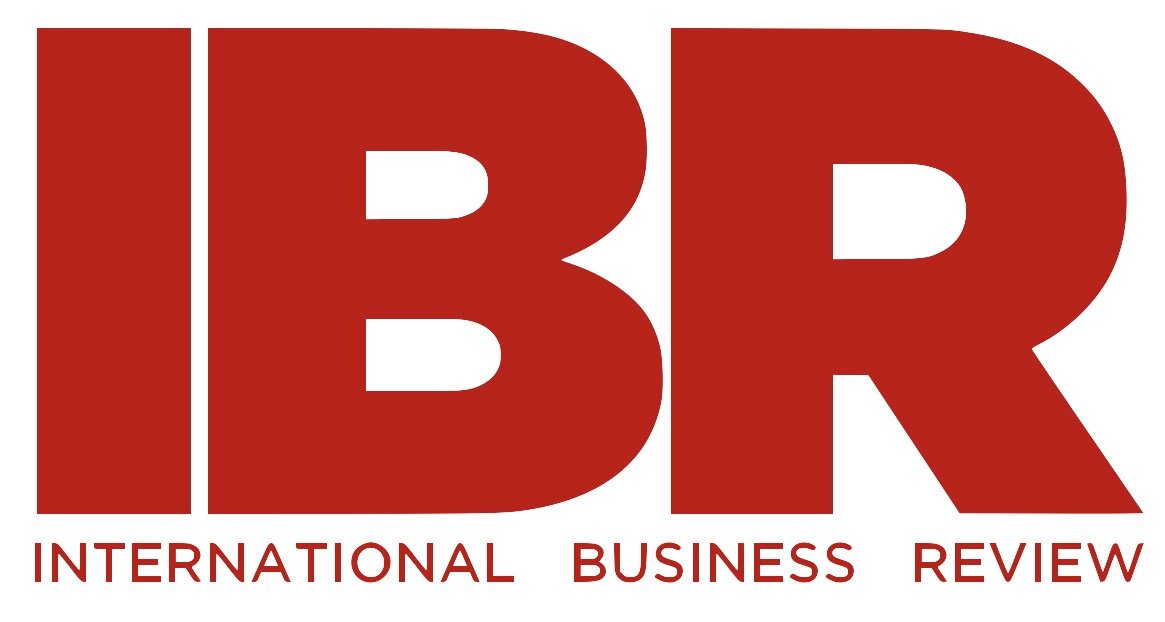The sun is setting in a flamboyant market in Lahore. Passersby flock to the vibrant stalls with cheap imported Chinese merchandise. The streets are drowning in a sea of people, red-faced and fatigued, all jolting and clamoring to get their hands on the goods. Meanwhile, the revenue is flowing to an economy far away, inside a different boundary, living at different life standards.
Cut to a more structured market, where people do not shove or push, and the roof protects the stalls from the merciless glare of the sun. Vendors hand over bags to customers, calm and uninvolved with the undainty practice of haggling. There remains one similarity: the ‘Made in China’ label.
In a country afflicted by economic crises and inflation, the layman shopper has much to thank Chinese traders for. In competition with the Pakistani product, pricey and short in the market as it is, the Chinese good makes up with price what it lacks in quality. This edge in competition is what grants China the upper hand in its economic endeavors around the globe. With its mass production, economies of scale, and appealing low prices, China embarked on a mission to climb the trade ladder to its very last rung. With its geographical proximity and chronic economic instability, Pakistan seemed the perfect victim to rescue. Now, China is Pakistan’s ‘all-weather friend’. From bailouts to trade to political diplomacy, China and Pakistan are now joined at the hip. And while the Pakistani government markets the Pak-China Economic Corridor like the newest royal baby, the story seems to be warped behind the scenes.
Pushed by the IMF to disclose the exact records of the China-Pakistan Economic Corridor (CPEC) project, Pakistan is stranded in a tough position. On one hand, it could maintain the confidentiality of CPEC loan terms at the expense of the IMF claiming that CPEC has military roots. Or, it could release CPEC records to the IMF and run the risk of irking its hard-earned friend. As such, any loyalty to China jeopardizes Pakistan’s relationship with the IMF, Pakistan’s go-to haven for financial droughts. It boils down to this: is it worth it?
Reportedly, although China has lent Pakistan US$26 billion-US$30 billion for energy and transport projects as part of CPEC, not a single dollar has entered Pakistani banking channels. Instead, this cash flows into the vast bank accounts of Chinese multinationals operating in Pakistan, who use it as funding for capital and production. In other words, Pakistan is accumulating huge amounts of fiscal debt for money that it rarely receives. To add onto that, Pakistani labor has lost most hope of forming the monopsony of workers involved in CPEC. Instead, Chinese companies find it more profitable to employ Chinese workers on economic corridor projects in Gwadar and Karachi. This provides oxygen to the claim that the employment created by CPEC is mismatched between Pakistan and China, and that the influx of Chinese workers into the major cities of Pakistan will put local labor at a disadvantage. This is a threat, especially for the sparsely populated province of Balochistan, where locals fear being outnumbered by Chinese labor. As such, the ‘game-changing’ aspect of the CPEC project does not seem game-changing after all, with Pakistan bearing the brunt of the input and China shipping away much of the output.
All of this is coupled with the ongoing political change in Pakistan. With a shift in leadership, Pakistan’s recent attitude of looking east for economic cooperation is losing its foothold. More specifically, China is still not fully equipped to support its ‘iron-brother’ in its times of crises, which are frequent, especially when the bloc on the other side of the picture is headed by the U.S. As such, Pakistan is moving on to a newer variety of allies, inclined more towards the Muslim bloc. Thus, the idea of China becoming the new America for Pakistan seems to become less and less convincing. Whether these allegations of unfairness and mismatched contributions are acted upon is bound to have important effects on the politics of the world. The onlooker wonders if the blurred shapes meandering through the crowds of busy Pakistani markets will ever pick up an object from the corner stalls that does not have the ‘Made in China’ tag on it.
Moomal Ahmed is a freshman in Wharton, intending to pursue a Behavioral Economics concentration and possibly an English minor. She is a research assistant at the Linguistic Data Consortium and in her free time she likes to watch TV shows and experiment with writing.
Sources:
https://www.orfonline.org/expert-speak/pakistan-china-new-america-48305/
https://www.dawn.com/news/1498260
https://www.theatlantic.com/international/archive/2018/11/pakistan-china-cooperation-cpec/568750/

